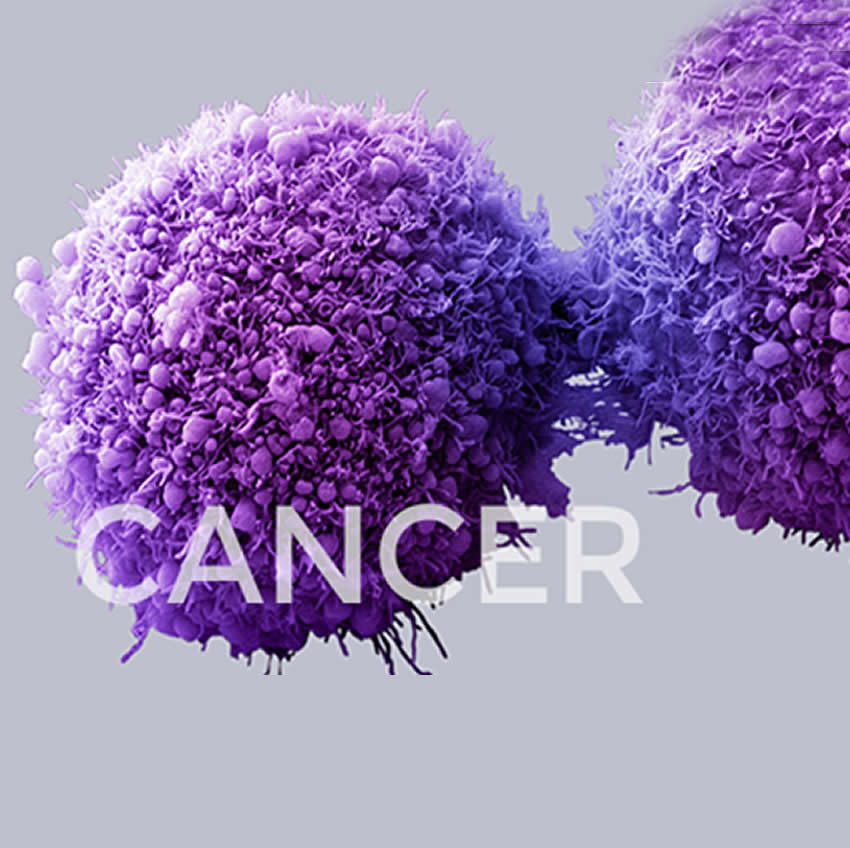The government projects that during 2019 diagnoses of melanoma skin cancer will rank fourth among the types of cancer diagnosed. It is estimated that skin cancer will claim the lives of 15,229 Australians in 2019. Melanoma will account for 1,725 of those deaths.
Skin Cancer Explained
Skin cancer is the result of the body losing the ability to correct damage to skin cell DNA. This, in turn, leads to skin cells developing and reproducing at an accelerated rate, increasing the likelihood of cancerous cells developing.
Overexposure to UV (Ultraviolet) light from the sun is a common cause of skin cancer. It is important to note that skin untouched by sunlight can also become cancerous.
Some people have a genetic predisposition to skin cancer. Cancer elsewhere in the body can spread to the skin. By definition cancer of the skin that is the result of another cancer metastasizing is not skin cancer.
So it is advisable to conduct monthly skin cancer checks including areas not usually exposed to the sun. Inspect every of your skin using the ABCDE rule. Ask someone else to inspect areas that you cannot see. Visit a dermatologist annually.
Types of Skin Cancer
Basal cell carcinoma accounts for 80% of skin cancers. This cancer is the result of sun exposure and commonly develops on the head and neck. Although it is unusual for basal cell carcinoma to metastasis it can spread to the bones.
Considered by some medical practitioners to be a form of squamous cell skin cancer keratoacanthomas appears as raised tumours on the skin. Keratoacanthomas does not always require medical intervention. Some authorities on the subject believe it best to treat keratoacanthomas as squamous cell skin cancer.
Accounting for 20% of skin cancer cases squamous cell carcinoma is the result of sun exposure. Usually appearing on areas of the face, ears, neck, and hand squamous cell carcinoma can also develop in scars and chronic sores on other parts of the body.
Moles are benign growths that result from melanoma. Less prevalent than the skin cancers already mentioned melanoma left untreated is more likely to spread
The Warning ABCs of Skin Cancer
A mnemonic device for spotting suspicious moles is ABCDE.
- Asymmetry-Are two halves of the same mole shaped differently?
- Border-Look for deviations in the mole’s border including shape, and unclear or indented border.
- Colour-Is the mole mottled with shades of blue, black, brown, pink, red, or white?
- Diameter-A cancerous mole can be any size, but as a rule of thumb, a mole with a diameter of 6 millimetres is suspicious.
- Evolving-Is the colour, shape, and or size of the mole changing
Other symptoms to be aware of include fluids including blood oozing from a mole. Itching, pain, redness, and swelling are also cause for concern.
Guarding Against Skin Cancer
Remember, “There is no such thing as a healthy tan”. Never allow yourself to get sunburned. Tanning beds are not a safe alternative to the sun. Between 10:00 am and 4:00 pm avoid the sun.
A half-hour before going out into the sun 25-30 grams of sunscreen should be applied. At a minimum, your sunscreen’s SPF should be 15. If you will be in the water or doing something that will cause you to sweat use a 30 SPF broad-spectrum sunscreen. Reapply the sunscreen every 2 hours.
Dress against exposure to UV rays with a wide hat, long sleeve shirts, and long pants. Protect your eyes with sunglasses that block UV rays.

